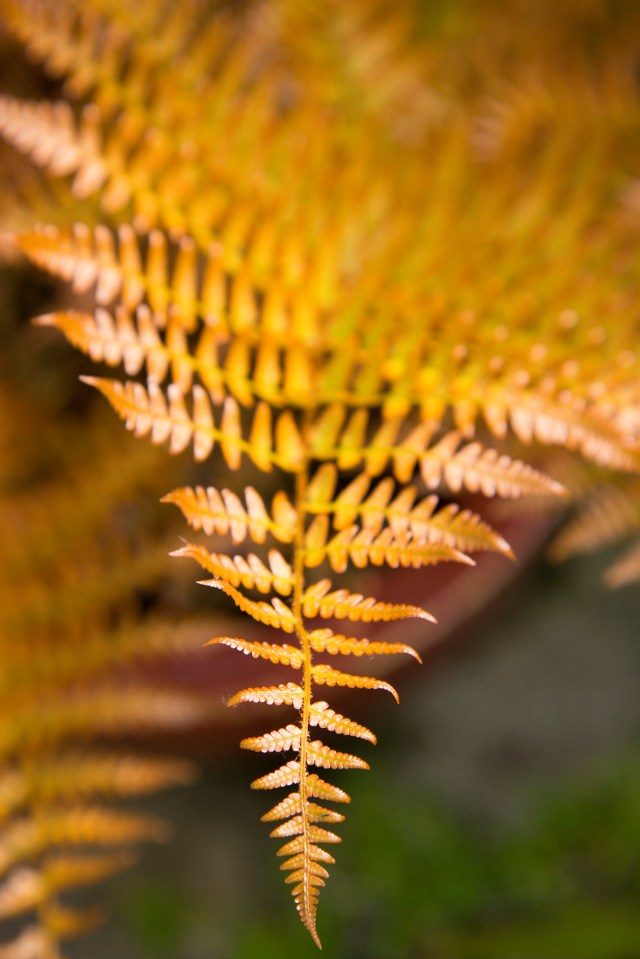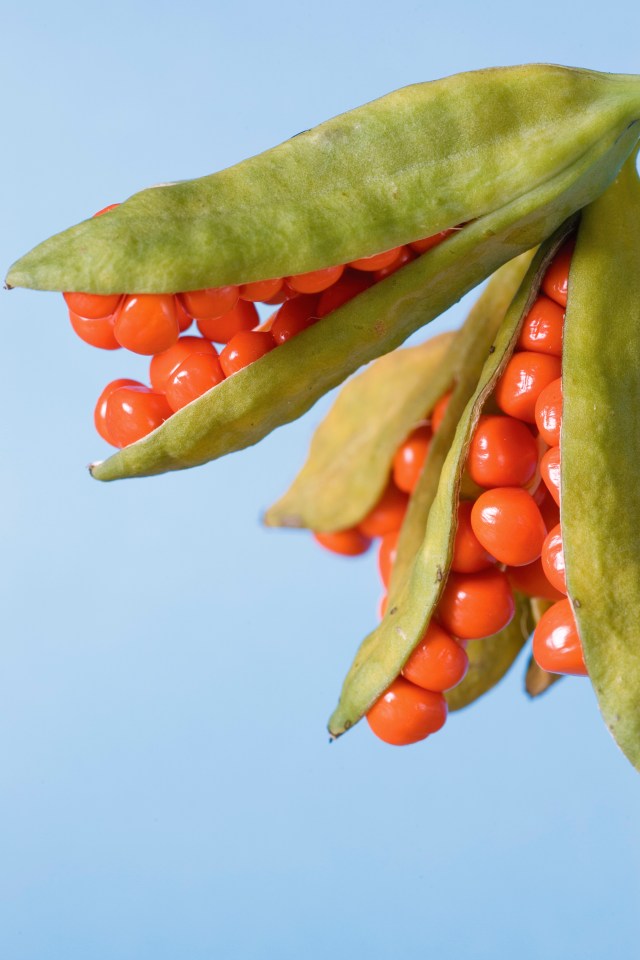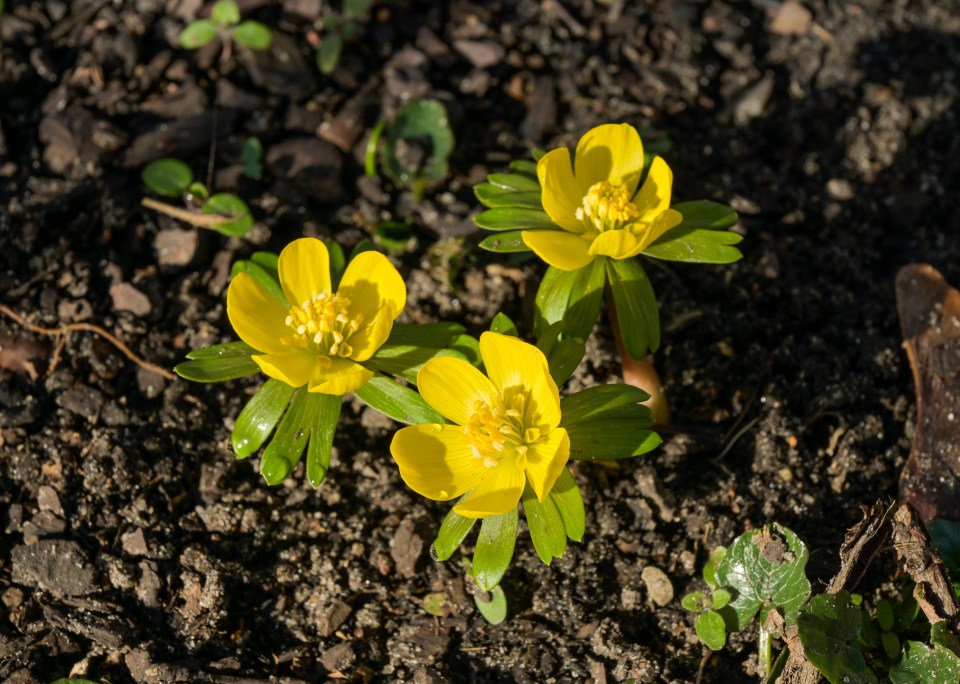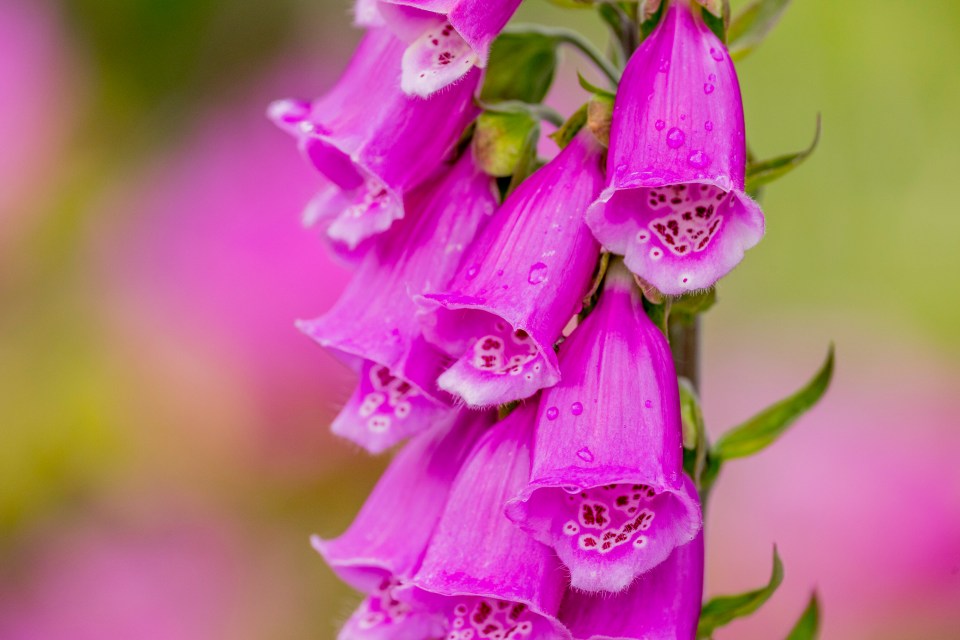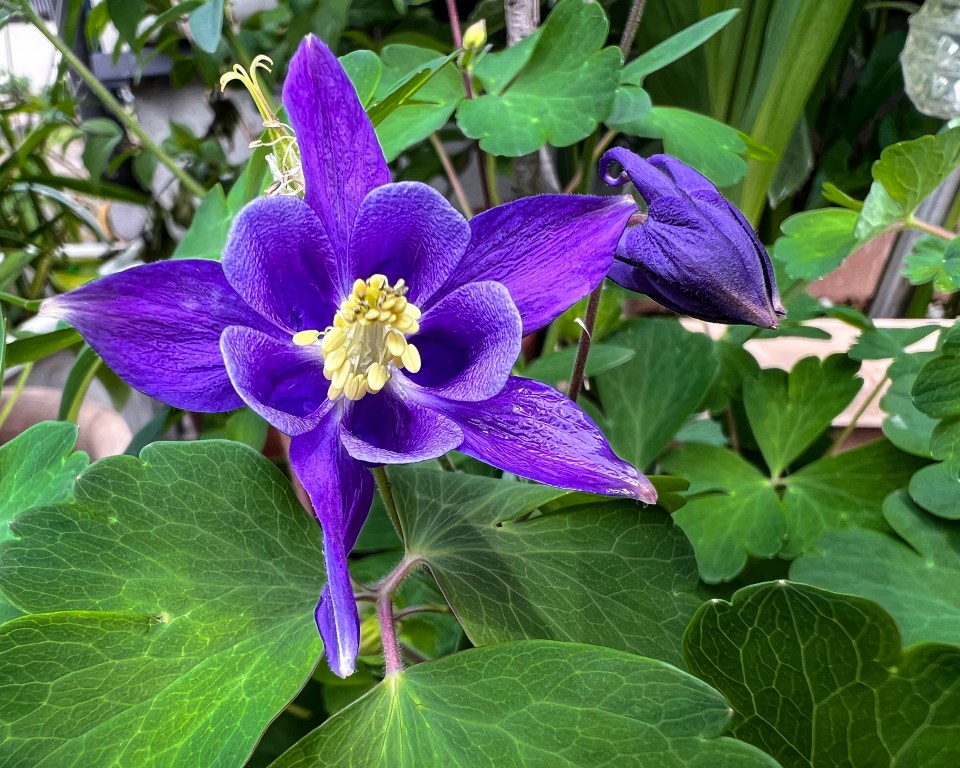SHADY areas in your garden don’t have to be boring, by selecting the right plants, you can transform dim corners into lush, vibrant retreats.
Here are five underrated shade-loving plants, including a striking fern that will bring brilliant season colour to your garden.
Dryopteris ‘Brilliance’ (Autumn Fern)
Horticultural expert Laura Root said in Homes and Gardens: “This is a shade-tolerant fern with fiery copper-red new fronds that mature to deep green.
“This variety of fern adds striking contrast and texture to shady beds.”
In addition, its “Brilliance” brings seasonal colour to a plant category known predominantly for being green.
This variety of fern is low-maintenance, deer-resistant, and thrives in moist, well-drained soil.
It is certainly a popular ground cover choice that offers a lively splash of colour and is easy to care for.
It’s also one of the best underrated shade plants to use where fussier plants fail to thrive.
Iris Foetidissima (Stinking iris)
It is one of two iris species native to Britain, the other being the yellow iris.
Stinking iris thrives in full shade, particularly beneath trees in your garden.
It has architectural evergreen foliage and dull, purple-green flowers.
But it comes into its own in autumn when its large seedpods split open to reveal rows of orange-red seeds that remain well into winter.
It is known as “stinking” because some people find the smell of its leaves unpleasant when crushed or bruised, an odour that has been described as “beefy”.
The Royal Horticultural Society has given it the prestigious Award of Garden Merit (AGM).
Eranthis Hyemalis (Winter aconite)
Aconites grow into clumps, eventually bearing masses of bright yellow flowers in late January and February.
They thrive in damp shade so are perfect for growing in a damp, shady border or woodland garden.
August gardening jobs

The Sun’s Gardening Editor, Veronica Lorraine, has shared the 10 gardening jobs to take on during the last month of summer – and the all important ones to remember if you’re going on holiday.
1. Watering plants on holiday
Think about how you’re going to water your plants if you’re going away. Irrigation systems are stupidly expensive – so ask a friend or neighbour to pop over.
2. Remember your houseplants!
For houseplants use the upside down bottle trick – where you fill a wine bottle and then tip it upside down, spout down, and stick it into the pot – the water should seep out slowly. For smaller plants you can use a thick piece of cord running from a glass of water, into the soil – so it slowly takes it up over time. Be sensible with your watering – vistit www.mains2rains.co.uk for some tips on how to conserve water in August. But use as much grey water – ie washing up water – as you can to save such a valuable resource.
3. Dig for potatoes
Second early potatoes should be ready to dig up.
4. Carry on deadheading
Use either secateurs or just pinch off the blooms with your finger and thumb. With roses, make sure you’re dead heading back to a set of five leaves, giving you the best chance of more blooms.
5. Plant strawberries
You can actually plant strawberries in late august – which will be ready next year. For the ones you already have – if they’ve got runners springing off them – try and pot them up to make more strawberries for free.
6. Prune lavenders
In late August once they’ve finished flowering cut back your lavender – always prune them back to the woody stems – but make sure you can still see some little buds.
7. Collect seeds
A lot of plants will start going to seed now – so it’s the perfect time to walk around collecting them to get free plants for next year – just make sure you label the envelopes.
8. Sow hardy annuals
Towards the end of the month, sow hardy annuals in order for them to flower next year. Try and choose sheltered spots for them.
9. Cut back roses
Prune back rambling roses and make sure they are all tied in. And in late August give your roses their last feed.
10. Keep on top of watering hanging baskets
It’s really important to keep hanging baskets hydrated – they are the first and the worst for drying out.
The pretty plant is especially common in the east of England, and can be found in parks and woodlands.
Winter Aconite however is not a native wildflower. It was introduced in the 16th century as a garden plant.
But now centuries later, it is considered naturalised.
The Royal Horticultural Society has given it the prestigious Award of Garden Merit (AGM).
Digitalis Purpurea (Foxglove)
Our native foxglove, Digitalis purpurea, is a woodland plant that thrives in dappled or partial shade.
There are many cultivars and varieties that flower in different colours and have different shaped blooms.
Most thrive in partial shade but some require more sun and it generally produces enough seeds so that new plants will continue to grow in a garden setting.
It is the original source of the heart medicine digoxin (also called digitalis or digitalin).
Aquilegia Flabellata (Granny’s bonnet)
Aquilegias are a sweet, old-fashioned cottage garden plant with bonnet-shaped flowers, perfect for growing in partial shade.
Aquilegia flabellata is a dwarf columbine, bearing blue nodding flowers over a compact mound of waxy grey-green foliage.
Aquilegia flowers each have five sepals and five smaller petals.
Each petal has two portions: a broad portion called a blade that projects forward and an elongated base that forms a structure called a nectar spur containing nectar that projects backward.
The Royal Horticultural Society has given it the prestigious Award of Garden Merit (AGM).


